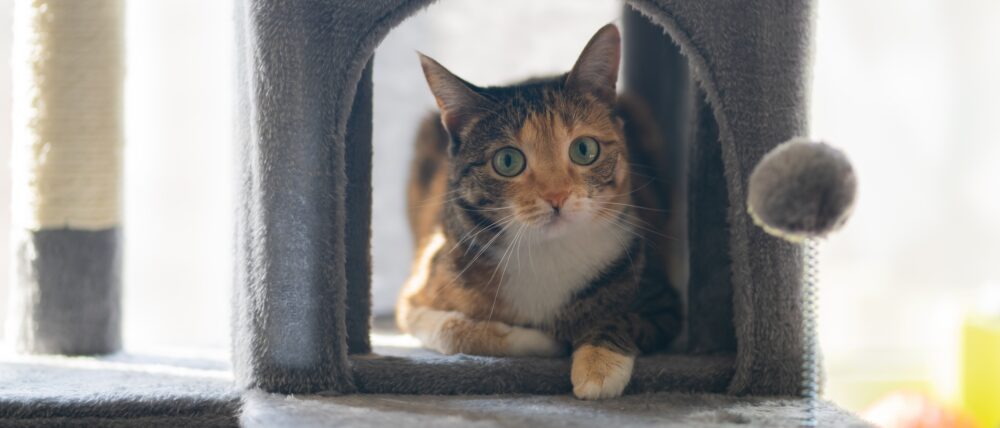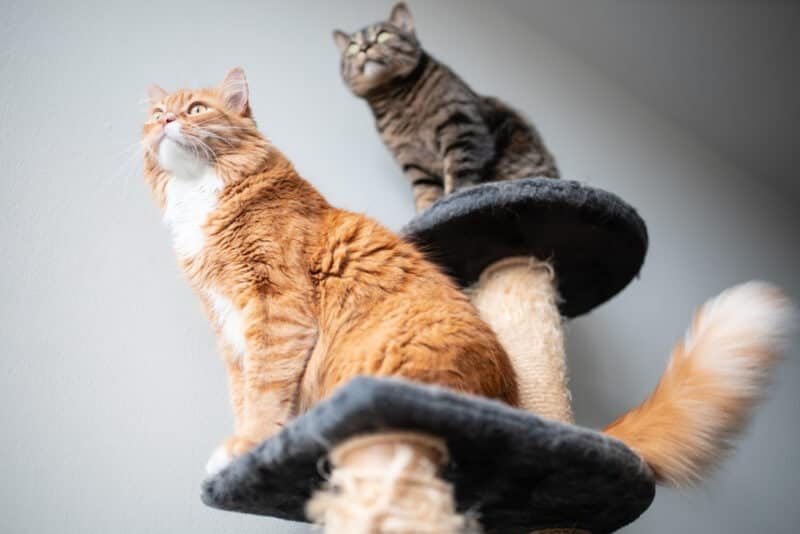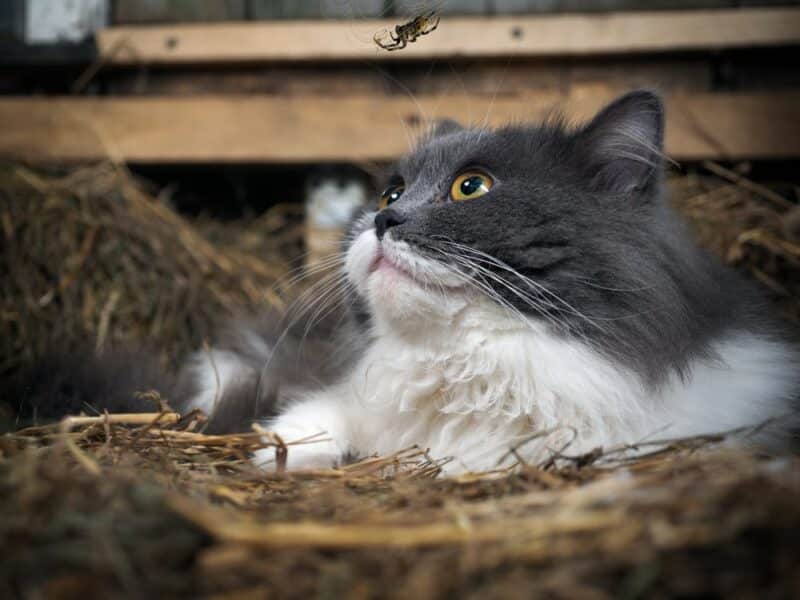Living in a studio apartment with one cat can be a challenge, but trying to introduce a new cat to the mix can lead to some serious problems. While having a cat when you live by yourself or even with a roommate can be fun, if you decide to adopt another cat, you have to be careful how you introduce the two cats, especially in a small space.
A one-room studio apartment can easily turn into a cat’s territory, but it may be a challenge for two. While there is no tried and true method for introducing cats in a small studio apartment, we have a few tips that can help.

How to Introduce Your Cats to Each Other in a Small Studio Apartment
1. Screen Your New Cat

Like humans, cats have their distinct personalities and temperaments. Some animals become friends quickly, but others require a little time to become accustomed to each other. You’re better off adopting a cat that’s the same gender as your cat, especially if it’s young and unaltered.
Selecting a pet that’s close to your cat’s age is also recommended since their activity levels will be similar. An older adult and a kitten can learn to live together peacefully, but the transition period will be shorter with two adults or two kittens.
2. Start With a Cat-Centric Environment
Since you’re living in a one-room studio apartment, keeping the two cats separate until they get used to one another isn’t really an option. The first thing you want to do is temporarily block off as many hiding spots as you can. You don’t want spaces where the new cat can crawl under to hide and get away from the resident cat.
Once you’ve eliminated the places to hide, it’ll speed up the cats’ introduction process. Release your new cat into a part of the room that your other cat isn’t in at the moment. Preferably a place where the litter box is located. You’ll have to be patient that first day and be prepared to separate the pair if any conflicts arise.
Make sure to leave toys, balls, and other cat equipment around so the new cat can have something to play with while he explores.
3. Set Up the New Cat’s Home Base

While you don’t want your new cat to be able to shut himself off from your resident cat, you want him to have his own space to retreat to when he feels the need. It’s best to set up the cat’s bed, food, and fresh water at the opposite corner of the apartment so that he can go there to get away from your other pet and even people if the need arises.
Every pet needs its own space, and the new cat in your studio apartment is no exception. Other than that, it’s best to allow your new cat to explore the environment while you supervise. If your pets become stressed or aggressive, separate them and move your resident cat to your bathroom briefly. Your new cat can continue to sniff around and explore while your other pet has a time-out to calm down.
4. Use Positive Reinforcement
The best way to teach a cat anything is by using positive reinforcement. Let them play for 20 to 30 minutes to see how they get along, then separate them if they start to have issues with one another.
When they engage in friendly play without issues, make sure to reward the cats with treats, toys, and a lot of praise, pats on the head, and love. Never yell at or strike your cats, no matter what they do, because this will only make the situation worse and end with the cats being afraid.
5. Introduce the Cats Slowly
The one thing you don’t want to do is force your cats together. They need time to get to know one another, so it’s best to introduce them slowly. If they shy away from one another, let them go, then try again later.
If you introduce the cats slowly, you’ll have more of a chance of them becoming friends in the long run. The new cat is nervous about his new surroundings and needs a little time to get used to his home and new roommate.


Conclusion
Although introducing a new cat to your pet in a studio apartment may seem challenging, it shouldn’t take too long before the pair becomes friends. You will have to supervise their encounters for the first few days, but you can give them more freedom after they can co-exist without issues. Eventually, your felines will play together, sleep together, and get into mischief.
- See Also: Is It Okay to Have Just One Cat?
Featured Image Credit: Yuri A, Shutterstock


















